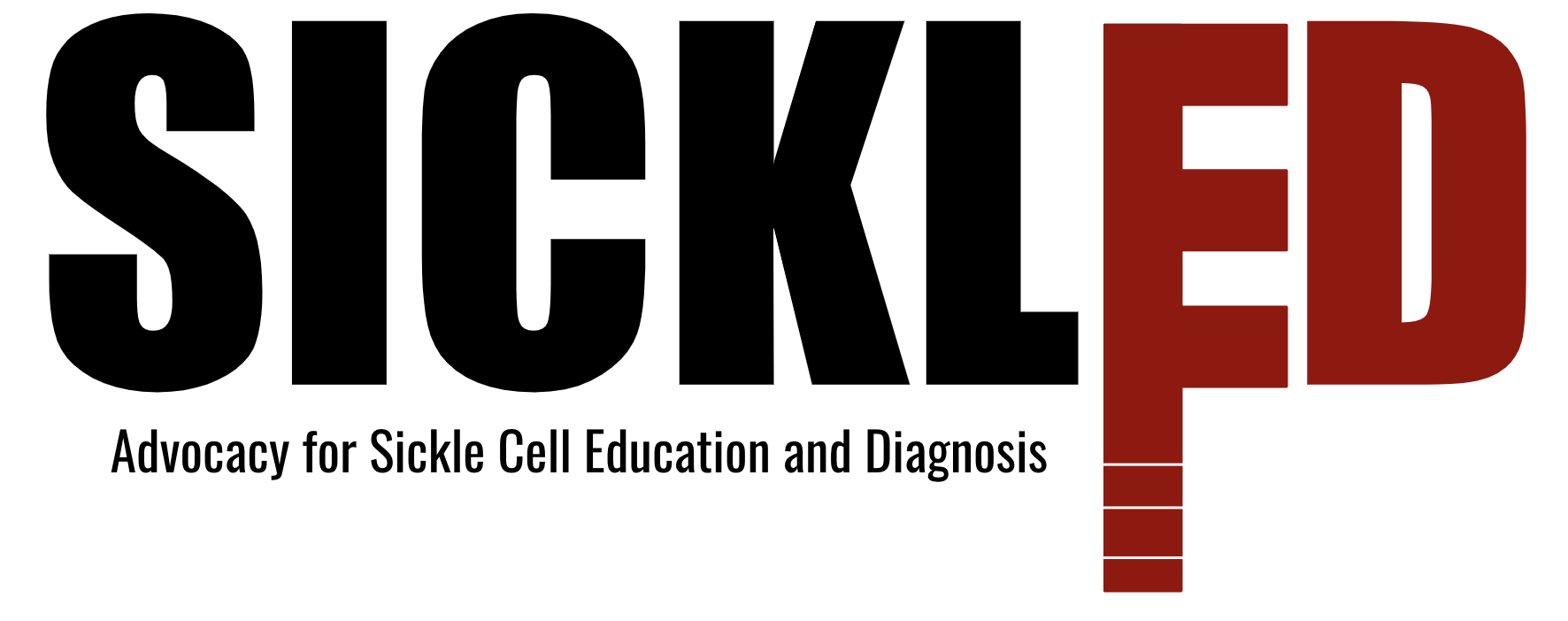Our first stop today was to speak with the Vice Chancellor of The University of Makeni, Joseph Saidu Sesay. He sat down with us for a conversation in which he detailed his life’s story. From a young age, he wanted to be a medical doctor in order to help the people of Sierra Leone so he worked hard to be accepted into medical school. He was there for three weeks before his sister, who was helping him to pay for the schooling, informed him that it would be impossible to afford. He was heartbroken but was determined to have higher education and make an impact in the health sector of the world. As a result, he met with one of his professors to discuss this, and Joseph was informed that if he wanted an education the cheapest way would be to find the department with the least number of students. This ended up being the Department of Mathematics and Statistical Sciences. He joined quickly and had great success as an undergrad. During his studies, he continued to foster his love of medicine and health by taking all of the related coursework that he could find. This included organic and inorganic chemistry, biology, medical physics, and many others. He made it clear to us that he was a top-notch scholar and that his university would be more than capable of helping us in our quest for information through his deep understanding of many topics.

Joseph Sesay also talked about his work with educational outreach programs in Sierra Leone. By recruiting teachers from rural areas during semester breaks and bringing them to university for tutorials, they have been able to improve the education quality in Sierra Leone. Furthermore, he aims to use statistics to collect accurate data about his country’s health to help the education system grow and reach areas in need. He emphasized need to know the trajectories of diseases, so that disaster plans can be made that specify how much medical assistance will be needed beforehand. His passion for fixing the issue of lack of statistics specifically relates to our project, in that there are little to no specific studies done on the prevalence of sickle cell disease specifically in Sierra Leone. His work in survival analysis from a health perspective, looking at what age is best to administer treatment to treat the disease, also heavily relates to our project. So far, we have found that the common age of being diagnosed with sickle cell disease in Sierra Leone is in the late teen years but the most effective time of diagnosis would be newborns. Sesay then gave us a tour of his campus and we went to meet up with A. S. Kallay, head of a local hospital, at his office.



A.S. Kallay is the head of a local hospital, Gladys Koromo, and Herbal Assistance Medical Center, both located in Makeni. We had met with his hospital staff once before, and he invited us to his office to have a more private conversation with two of his colleagues. We gained more insight into their perception of sickle cell disease, which was quite enlightening. Kalay explained that sickle cell disease was a result of dried-out oil in the bones, which typically becomes worse in the rainy season. It is caused by the mother of the child if she does not consume enough oil and nutrients during pregnancy. The group mainly discussed traditional medicine in regards to treatment, such as the roots of certain plants. To ease the pain for sickle cell patients, ice will be wrapped around the joints of patients in hopes of relieving the “heat” that builds in the bones. While in conversation, Amadu Bangura, a colleague of A.S.Kallay, told us of his 19-year-old sister who has sickle cell disease. He kindly invited us to meet with her in the coming weeks to have an interview. His sister was diagnosed around the age of 9 years, and has mainly received traditional medicine; he had not heard of folic acid.

A.S. Kallay briefly discussed his experience with health inspections in Sierra Leone, that people do not know the importance of staying hygienic and washing both dishes and themselves. He also mentioned that sometimes the police might have to threaten people until they get the message. Seeing as we had not heard much about the sanitation system in Sierra Leone, this was very informative. Overall, the meeting shed light on some of the specific beliefs and treatments for sickle cell in Sierra Leone. The group was extremely receptive and welcoming to further connections and visits to local clinics and hospitals.

